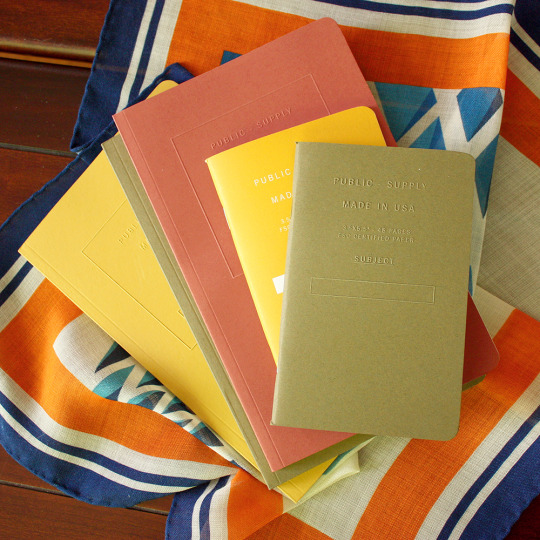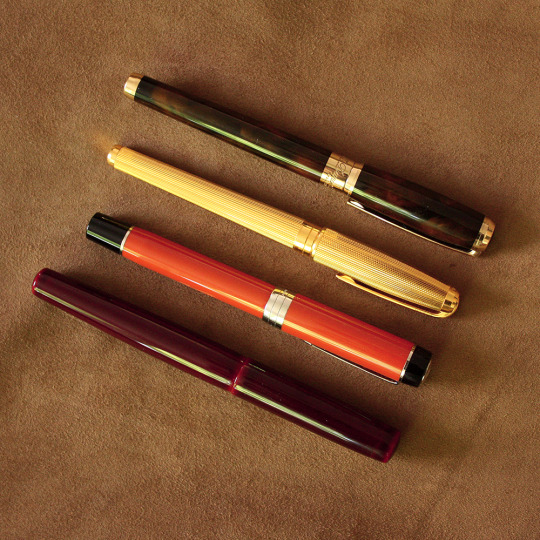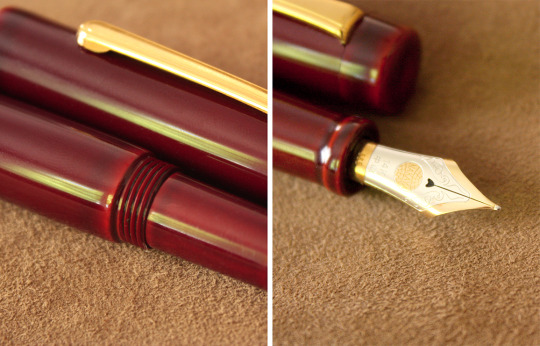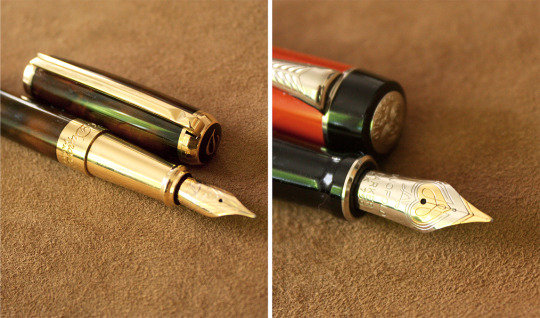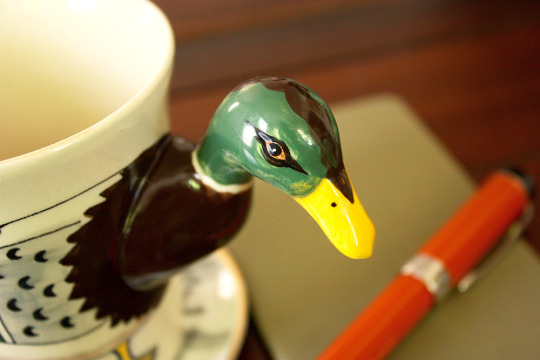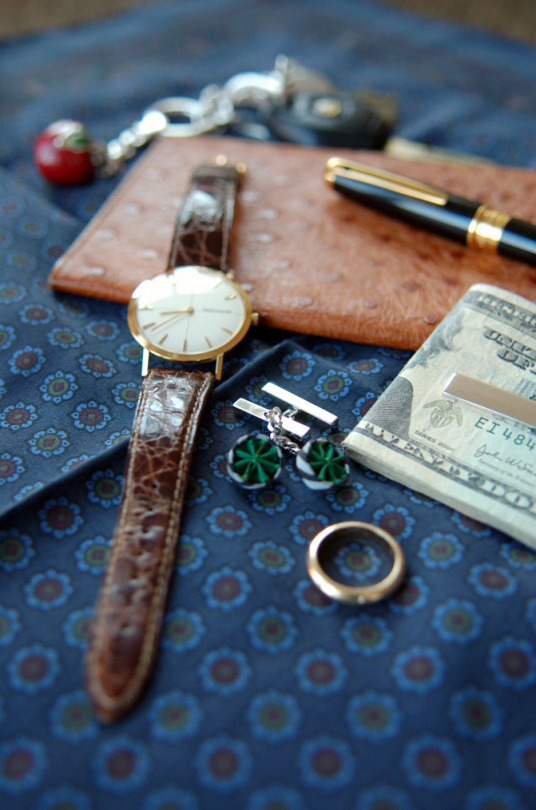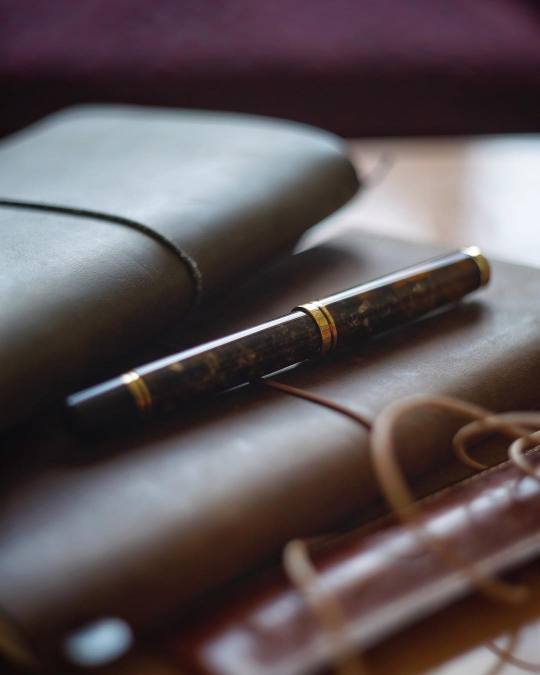
When UC Berkeley professor David Eisenbud visited the University of Tokyo some years ago, one of the Japanese professors told him they have better chalk than their American counterparts. “Oh go on, chalk is chalk,” Eisenbud said incredulously. As it turns out, chalk isn’t just chalk. Many of the brightest mathematicians on the planet believe that Hagoromo Fulltouch is mystical in some way. They say it can’t break. They say it glows on the board. They say it inspires and invigors, while also leaving a cleaner, smoother, and more elegant line. “The legend is that it’s impossible to write a false theorem with this chalk,” says Eisenbud, now a convert.
At first, Hagoromo Fulltouch was only available in Japan, which meant if you wanted a stick, you had to proxy it like streetwear. That was until an Amazon distributor started selling Fulltouch to American professors, which is how the chalk wound up in so many U.S. math departments. Five years ago, however, Hagoromo president Takayasu Watanabe announced the company would be halting production in February of 2015, and stop sales altogether the following month. American mathematicians went crazy. They bought, hoarded, and stockpiled as much of the stuff as they could. Eisenbud estimates he has a ten-year supply at home.
Soon after the company shuttered, a secondary market emerged. “I didn’t want to become a chalk dealer,” laughs Max Lieblich, a math professor at the University of Washington. “But I did like the idea that I could be the ‘first stick is free’ chalk dealer in my department.” Those who stockpiled the chalk sold sticks to their chalk-less colleagues, presumably at hiked up prices, much like rare and coveted Nikes. But the market came crashing down a year later when a South Korean company bought rights to the formula and started reproducing the “Rolls Royce of chalk” faithfully. Today, you buy Hagoromo Fulltouch in white and a variety of colors on Amazon.
Wei Ho, an associate professor of math at the Univesity of Michigan, loves the chalk for its buttery smoothness. “It’s a lot easier to write with it, so you don’t have to think about writing,” she says. “In fact, I was using this giant piece of chalk at a lecture last week, and I felt like I was using 25 percent of my brain just to think about how to press it on the board. At some point, someone in the audience was like, ‘Uh, your chalk isn’t working very well,’ and I was like, ‘Oh! There’s a little stub of Hagoromo on the board, I’ll use this instead.’ It made me feel like the talk went a lot smoother because I didn’t have to think about how I was actually writing.”
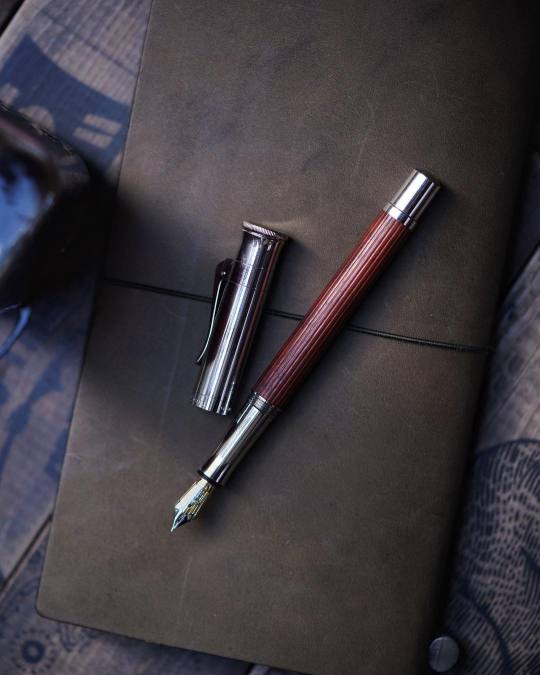
Ho’s comment is a good summation of what it feels like to use a fountain pen. Once a standard writing instrument for everyday life, fountain pens have been mostly displaced by cheap and disposable ballpoints. Ballpoints feel like you’re dragging a stick through the mud. They cramp your hand during long writing sessions, and after you’ve dispelled all the ink, they have to be tossed away, at which point they wind-up in a landfill. Fountain pens, by contrast, work by capillary action (fountain pen expert Richard Binder once described them as a “controlled leak”). The ink flows smoother onto the paper, and depending on the nib, it can feel like you’re moving butter on hot glass. A fountain pen takes your mind off the task of writing and lets you concentrate on your ideas. At the same time, it forces you to slow down and order your thoughts.
Before the Second World War, every city had stores selling fountain pens, but as the market for these instruments shrank, retailers have found it increasingly difficult to justify stocking them, especially as real estate prices have soared. As a result, many fountain businesses today have been driven online. Which is raises the problem: how do you get people to purchase pens when they can’t feel how they write?
Unlike other items, such as electronics or even clothes, you can’t appreciate how a fountain pen works without holding it in your hand. For people who have been raised on rollerballs and ballpoints, there’s not even a reference point. With those instruments, it doesn’t really matter how you hold the pen — they put down a consistent line regardless. But with fountain pens, your writing experience is a result of the interaction between the pen’s barrel and nib, the type of ink, and the quality of the paper itself. To appreciate this feeling, you have to write with a fountain pen first. Even the terms used in the fountain pen community — such as scratchiness, feedback, and softness — are imperfect descriptors at best.
The reasons given for buying a fountain pen are often sentimental, connected to a romanticized ideal of a well-appointed desk, or more beautifully written thank you notes. Some also like fountain pens as status symbols. It’s said that the top of a Montblanc Meisterstück protruding from a man’s inbreast pocket says something about him before anything is even written down. Let me give you the best reason for using fountain pens: on a purely tactile level, they feel good. They can also be beautiful, as evidenced by Maslow So’s Instagram (who took the two photos above). Fountain pens don’t have to be sentimental, pretentious, or fancy. Like playing with art supplies when you’re a kid, they’re simply a joy to use. And consequently, they can inspire you to write.
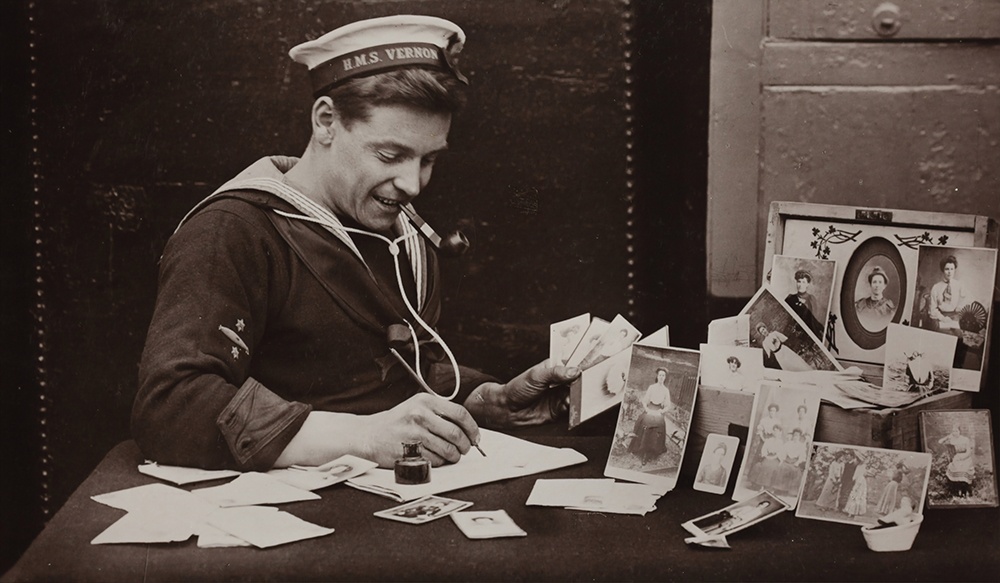
“What would I even write about?” That’s the wrong question, as you don’t know until you become interested in the physical act of writing. You may find it’s only grocery and to-do lists. It may be letters or journaling. Last fall, Hayley Phelan wrote in The New York Times about the benefits of putting pen to paper: “Once the domain of teenage girls and the literati, journaling has become a hallmark of the so-called self-care movement, right up there with meditation. And for good reasons: Scientific studies have shown it to be essentially a panacea for modern life. There are the obvious benefits, like a boost in mindfulness, memory, and communication skills. But studies have also found that writing in a journal can lead to better sleep, a stronger immune system, more self-confidence, and a higher I.Q.” (Disclosure: I’m deeply skeptical of these claims, but that’s only because writing has given me more self-confidence and a higher I.Q.).
To be sure, there are good reasons not to use fountain pens. They’re fussy and outdated. They require a bit of knowledge and routine maintenance. You will end up with ink on your fingers (although, rest peacefully knowing not your clothes if used properly). Like how the iPhone has replaced mechanical watches, there’s a reason why ballpoints have supplanted fountain pens: they’re convenient. But you won’t know if you like fountain pens until you try one, so here a basic guide to getting your first.
FILLING SYSTEMS
This guide mostly focuses on modern fountain pens because they’re the easiest to acquire and use. Vintage fountain pens can come with vacuum, button, and lever-orientated fillers, but modern fountain pens have been mostly distilled into two filling systems.
The first and most common is the cartridge, which is simply a tube of ink you press into the pen from behind its nib. Relatedly, there are cartridge converters, which work like cartridges, but allow you to use bottled ink. Fountain pen enthusiasts dislike these systems because they feel cheap and ordinary, but I prefer them because they’re easier to maintain and clean. Plus, if anything ever breaks down, you can throw out the cartridge converter and get a new one for five bucks.
Piston fillers are the second most common filling system. By twisting a knob at the end of the pen’s barrel, you pull a piston plunger system that forces ink up into the chamber through the nib. These systems tend to hold more ink than cartridges, but they can be a little more of a hassle to clean and repair. Montblanc’s 146 and 149, Aurora, and Pelikan are among the most iconic piston filler pens.
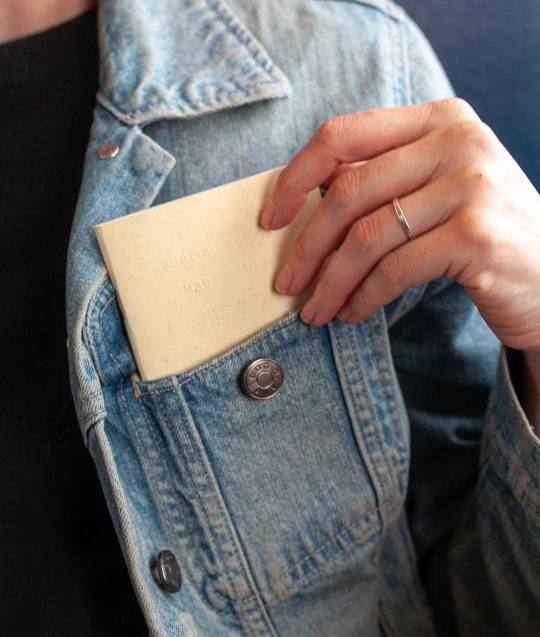
NIB METALS AND SIZES
Nibs are determined by their material and grind. Broadly speaking, gold nibs are more flexible than their steel counterparts, which means they can provide a softer writing experience and more line variation. They’re also more common on better performing pens, but partly because consumers expect a certain level of performance when paying for a higher-priced metal. That said, there are many excellent steel nibs and finding which metal is right for you is mostly a matter of taste. One of my favorite writers, a Kaweco Brass Sport, is steel nibbed.
Then there is the grind size: double broad, broad, medium, fine, extra fine, and all the other variations. Once you get deep into the hobby, you can experiment with things such as stub and italic, architect and music, flex and elastic. It would be too much for me to cover them all here, but my advice is to start at the finer end of the spectrum: anywhere from extra fine to medium, which will perform better on cheaper paper and be closer to your ballpoint experience. They’ll lay down less ink, which means you’ll have less feathering and bleedthrough. Just know Japanese nibs tend to write once size smaller than their European counterparts (so a Japanese medium is like a European fine).
INKS AND PAPER
Except for cartridges, every filling system will require you to buy your own ink. Don’t despair: experimenting with ink is half the fun of using a fountain pen. Inks have various properties — permanence, sheen, faster drying times, water resistance, or my favorite, shading. You can buy ink samples through The Goulet Pen Company. I recommend starting with Pilot’s Iroshizuku, a well-behaved ink with a bit of shading quality.
Since fountain pen ink tends to be wetter than mud-like rollerballs, you’ll need higher quality paper than what’s often found in school notebooks and copying machines. Rhodia and Clairefontaine are thick and smooth, which means they’re more pleasant to write on and allow better ink expression. Leuchtturm and Quo Vadis are popular for journaling, including Ryder Carroll’s bullet journaling system.
I personally prefer soft-cover notebooks that I can stick in my suit jacket or the back of my jeans. Like this aspiring writer in a Portlandia sketch, I admit I mostly use these things for to-do lists, notes, and cat doodles. Moleskine’s Cahier, the most popular pocket-sized notebook, is surprisingly bad with fountain pens – the paper is cheap and thin, so ink easily feathers. Word notebooks are OK. Baron Fig and Yamamoto Ro-Biki Notebooks are better. I personally prefer the embossed pocket notebooks from Public-Supply, which have 60# cream paper and well-designed covers. Robert Geller is apparently also a fan: “I have a very intense love for notebooks, as most designers do. Public-Supply just happens to make the prettiest ones, and I am excited to design my own for them soon. Also, I love their mission: 25% of their profits goes towards supporting creativity in high-need public schools.”
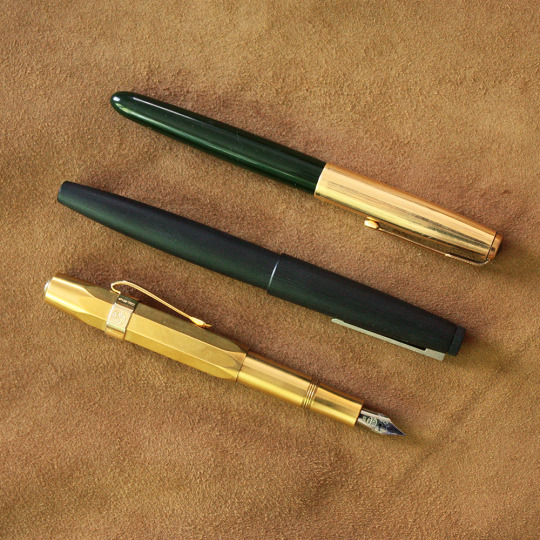
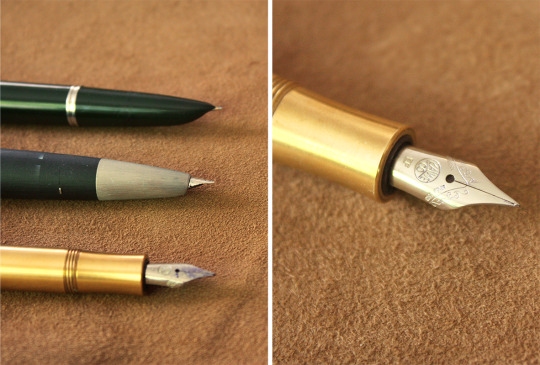

PRACTICAL ADVICE FOR STARTING
In today’s consumer paradise, people are overly obsessed with getting “best in class.” Don’t get too hung on the details or think you have to spend hundreds of dollars. You don’t need “the best” fountain pen — you just need one to start developing your sense of taste. Identify what you like and don’t like about your first pen, and then use that to inform your next purchase. Online retailers such as The Goulet Pen Company and Classic Fountain Pens have generous return policies, even after you’ve inked up your purchase.
Forums such as FPGeeks, Fountain Pen Network, and Reddit are wonderful online communities, where you can find people debating which are the greatest pens of all time. YouTube is full of fountain pen reviews. The Goulet Pen Company also has tons of useful videos, including suggestions for entry fountain pens at different price tiers. If you’re just getting your first pen, I recommend the ones above (pictured with my olive pocket notebook and morning coffee mug):
- Kaweco Brass Sport: Kaweco’s AL Sport is compact enough to fit neatly into a pocket, but once you post the pen’s cap, it also fits comfortably into the hand. I like how well the multi-sided design goes with workwear and Americana. You don’t have to be too precious with it, and the cartridge system is easy to use. On the downside, the stiff nib can be a bit scratchy and it doesn’t produce much line variation. You also have to be OK with how brass patinas.
- Lamy 2000: The Lamy 2000 can look uninspired, but it’s beautifully and intelligently designed. It’s discrete enough to not draw attention, which allows you to use it without feeling self-conscious. The mid-century, minimalist design looks as relevant today as it did in 1966, when it was introduced. The piston filler is fun to use and holds a ton of ink. The cap snaps on with a satisfying click. Most importantly, it’s an excellently smooth writer. The downside? The nib has a small sweet spot, which can take a few days to get used to. I recommend getting the fine nib.
- Parker 51: If you love the charm of a vintage pen, Parker 51s can be easily found on eBay and Etsy for about $100. The pen was introduced in 1941, but called the 51 because it was considered ten years ahead of its time. The robust bladder systems, while decades old at this point, are typically in perfect working condition. Like the Kaweco, I like how the pen looks with workwear and Americana (this is the pen I imagine would be in a Visvim lookbook). On the downside, the hooded nib isn’t flexible, which means it produces a simple and straightforward line.
Some of my other pens below: a hand-lacquered ST Dupont Atelier with a medium gold nib (The Rake, a sponsor on this site, has the blue version); a gold barleycorn ST Dupont Olympio with a fine gold nib (lighter than the lacquered Atelier, and thus easier on the hand during long writing sessions); a Parker Duofold “Big Red” Centennial with a medium gold nib (tuned by nibmeister Mike Masuyama, who fixes and customizes nibs); and my favorite, a hand-lacquered Nakaya Neo Standard in the Aka-tamenuri urushi finish with soft-medium gold nib (Nakaya is a small Japanese workshop for handmade MTO pens, probably the closest corollary to Saint Crispin’s in the pen world).
